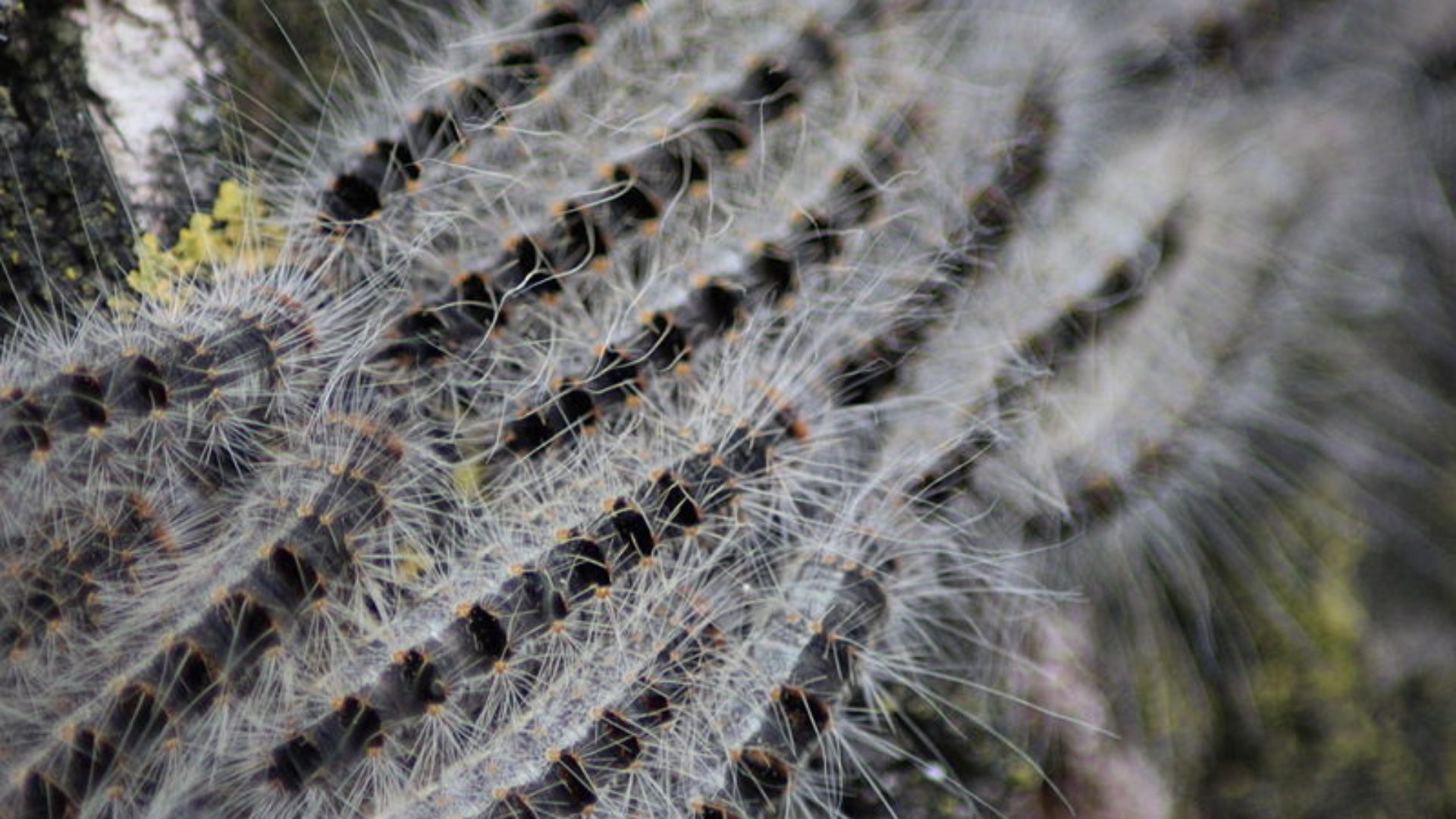The horticultural and arboricultural world seems have to been beset by one wave of pest and disease after another. From Box blight to Oak Processionary Moth, Ash Dieback to Bleeding Canker and horse chestnut leaf miner every onslaught is as distressing and threatening than the last. Why is this, and perhaps more importantly, what can we do about it? Two weeks ago, I went to a conference on biosecurity and plant health which attempted to answer some of these and other questions.
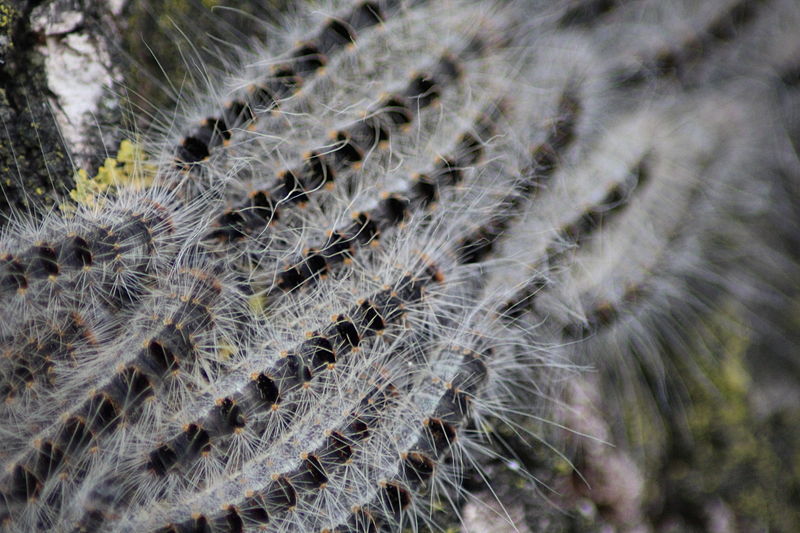
The caterpillars of the Oak processionary moth Thaumetopoea processionea. This pest is already in the UK.
The conference was staged by Prince Charles at Highgrove House in Gloucestershire. At first, I have to say that I was initially rather sceptical. I received a somewhat mysterious invitation from Sir Nicholas Bacon. Mysterious in that it gave precious little details about the conference (other than that it was at Highgrove and the general subject matter). However, on acceptance, more information flowed. I was sceptical because there has been much said and written on the subject of biosecurity in the last few years, but actually precious little action. I wondered if this was to be another talking shop. It was far from that. Principally because of the draw of Highgrove House and its illustrious owner, nobody could turn down an invitation. As a result, the assembled company covered the owners and managers of many of Europe’s leading nurseries, UK importers, leading garden and landscape designers, foresters, contractors and other representatives from the industry. There were also members of the government including Lord Gardiner (the Parliamentary Under Secretary of State for Rural Affairs and Biosecurity), Professor Dr Nicola Spence (Chief Plant Health Officer to the UK Government) and the Secretary of State for DEFRA Michael Gove (as well of course of one other notable guest!). The discussions that followed were generally of a similar calibre to the delegates.
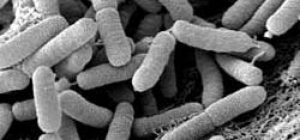
Xylella fastidiosa
The morning session was largely taken up with speakers from different sides of the industry outlining the issues we face (particularly from Xylella fastidiosa, which was never far from the conversation). They began to venture on to solutions, but this was largely left to the afternoon.
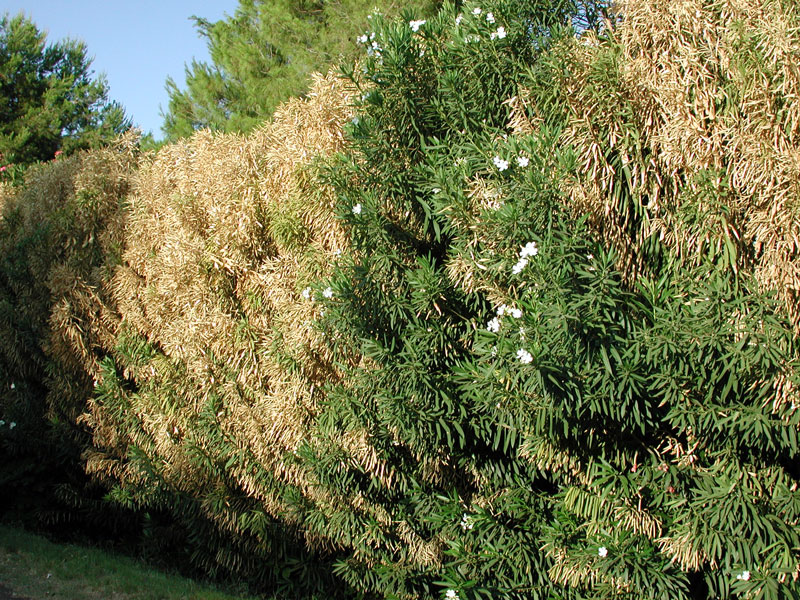
Leaf Scorch on Oleander caused by Xylella
Global warming is often blamed for the spread of new pathogens and pests. Although this Is in part true, there are many other causes of which increased trade is the principal. Because of this, three overlapping strains of argument began to emerge fairly early on. The first of the was that of traceability (as in other industries such as food production or pharma). This accepted that trade would happen but argued that being able to trace the source of any infection would allow swift action to be effective in finding and isolating the source of the outbreak. The second was one of cooperation. This considered trade as inevitable and saw the solutions coming out of a collaborative process and good communication. The last was an opposing one which saw quarantine and strong border controls as the way forward. This had the added attraction of supporting the UK nursery industry. Although the arguments swayed back and forth, it became clear that the solutions probably lay in a combination of all three approaches.
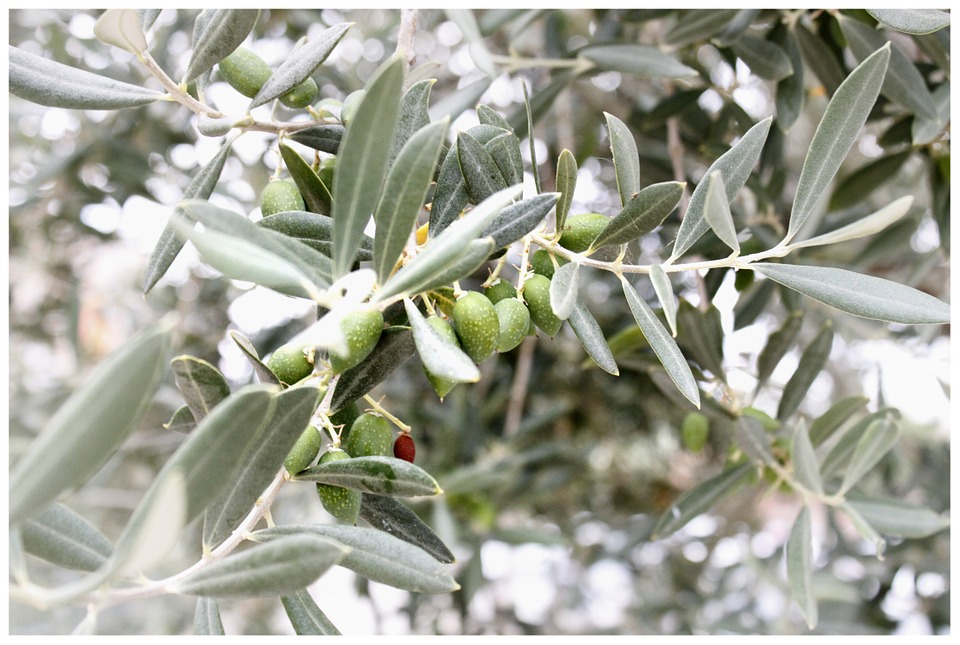
Olives, one of the main plants at risk from Xylella and also one of the carriers.
In the afternoon, we broke up into tables of ten people to discuss the issues in more detail and propose solutions. there was some brisk discussion (at least on our table). While people agreed on many subjects, there was disagreement on others. At the end of the day we were joined by Prince Charles and Michael Gove and the chairman (Alan Titchmarsh) summed up the findings. There were a number of things that emerged:
- Awareness. All agreed that there needed to be more education about the issues involved, not only within the industry but in the broader public, particularly at air and sea ports. Better leaflets and other information needed to be readily available in places where people buy plants.
- Certification. A scheme of certification for nurseries is needed to ensure that all nurseries are complying with good practice, particularly those exporting.
- Traceability. It is essential that plants can be traced back to there source so that in the event of any infection being discovered, the source of the outbreak can be quickly discovered and isolated.
- Responsible Person. these should be one person in every nursery and plant retail centre who is trained and responsible for biosecurity. This might be extended to include landscape firms.
- Border Controls/Quarantine. There was considerable discussion and no real agreement on this. Many people felt that the plants that are the most prolific carriers of Xylella fastidiosa in particular should be banned from import (this is about ten plants on the list of 300). Others felt that 12-month quarantines needed to be put in place instead. This is unlikely to be entirely effective, partly because some of the plants are short term crops (such as lavender and rosemary) and also because Xylella can take up to 18 months to become evident. Quarantining can also concentrate the infection and give a hotspot which is near other plants, unless it is done very carefully.
I left the conference not only more educated about the issues, but also determined to do something more on this, both in my own organisation and more widely.

